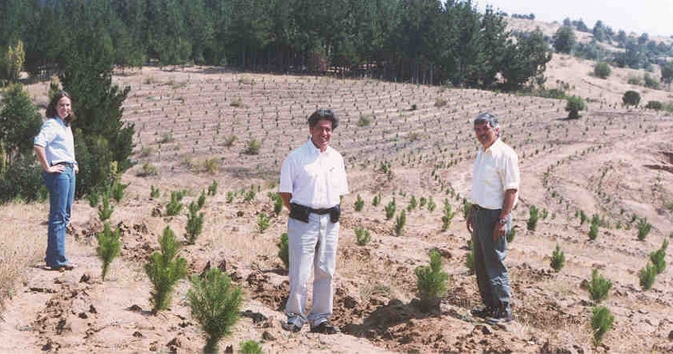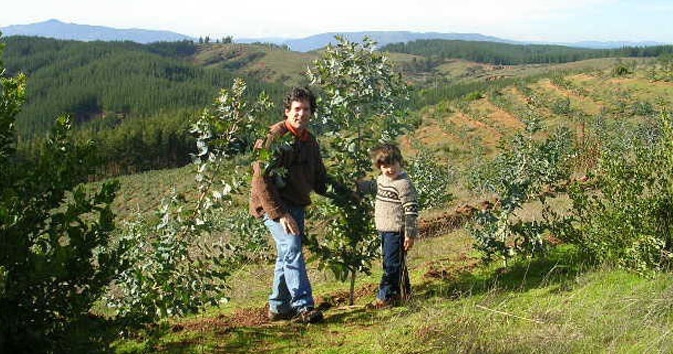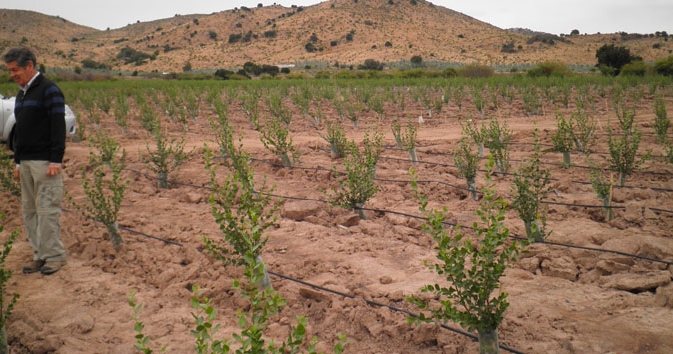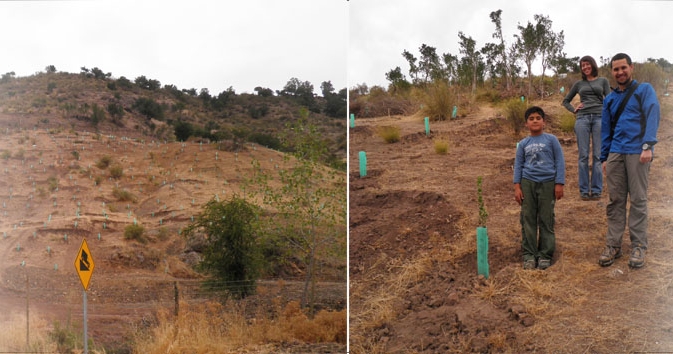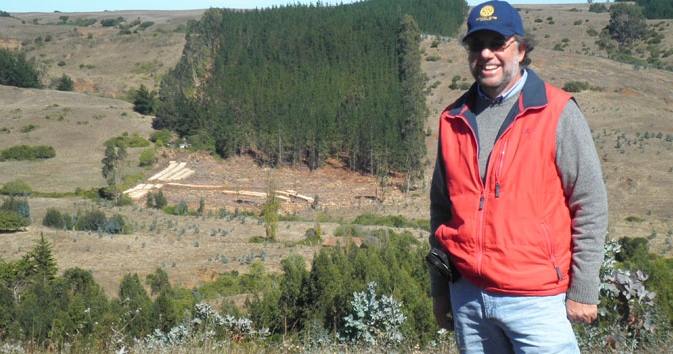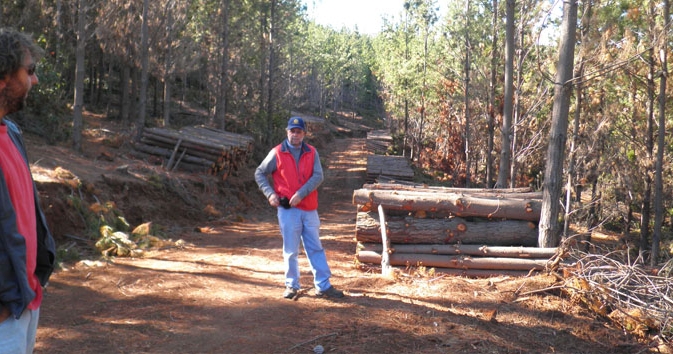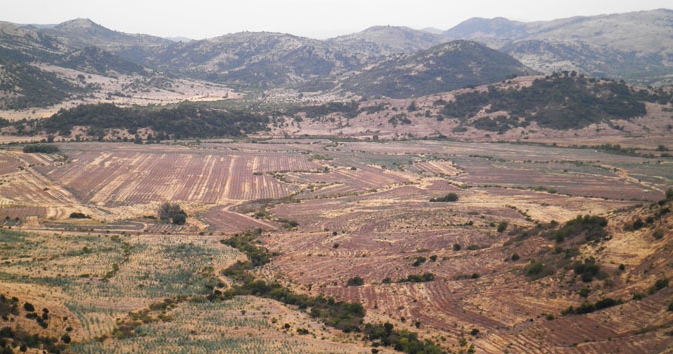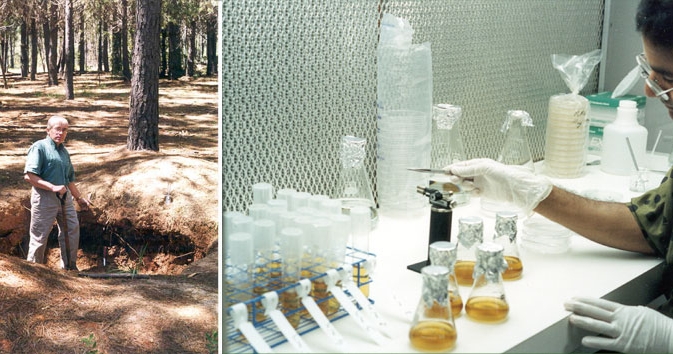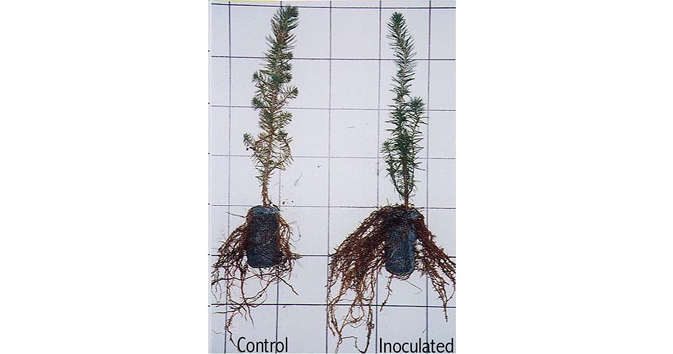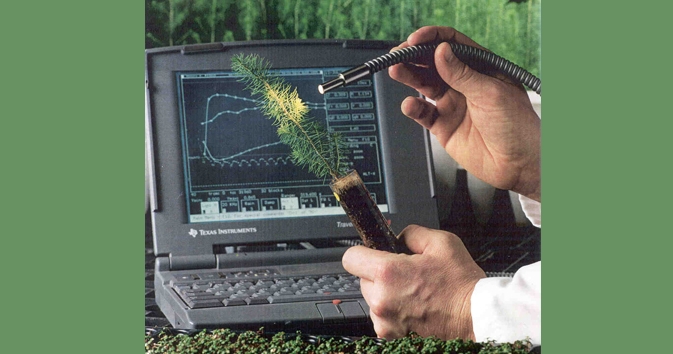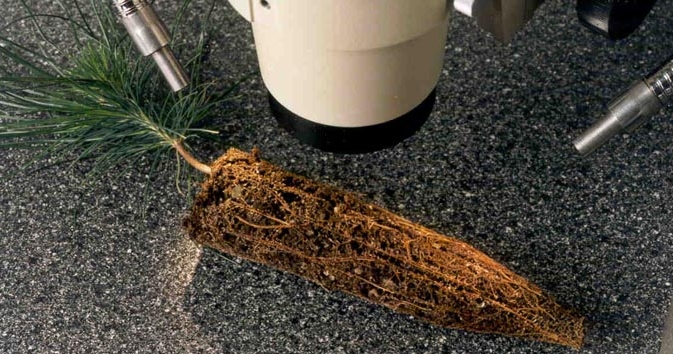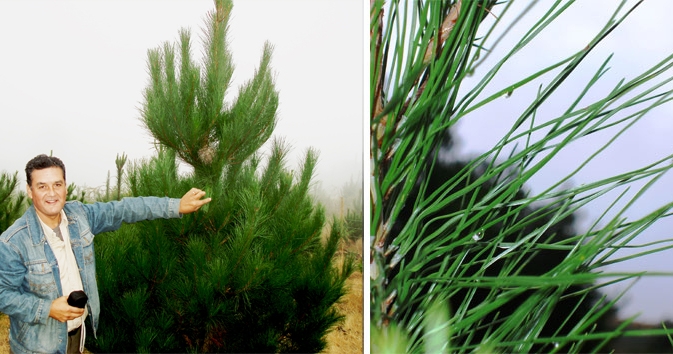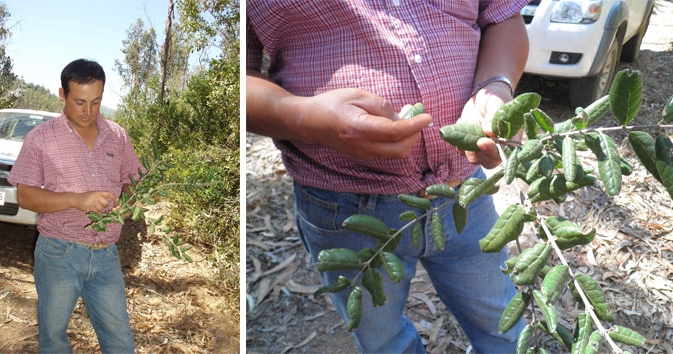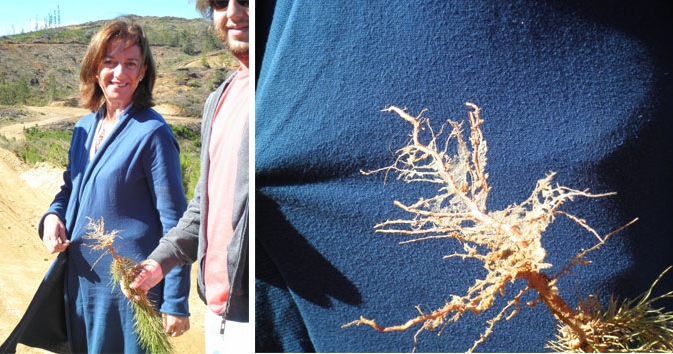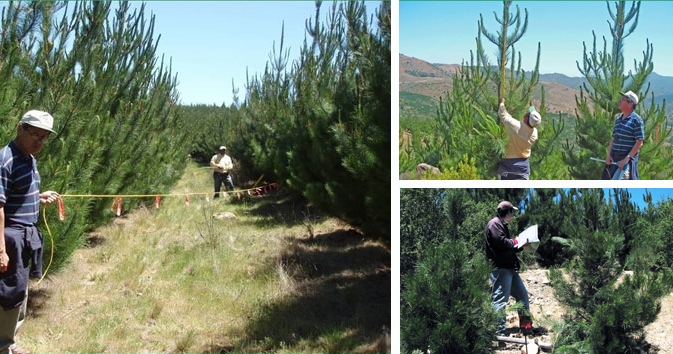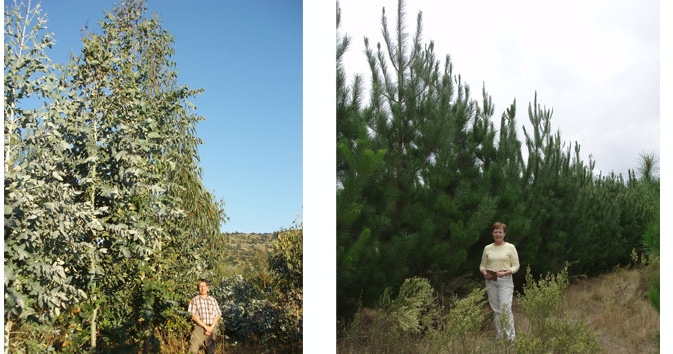Mikro-Tek’s Forestry Experience in Chile
Chile is considered one of the most politically and economically stable countries in Latin America, enjoying steady economic growth and low levels of inflation. Chile maintains one of the highest sovereign credit ratings in Latin America (A+) and has been successful in liberalizing foreign trade and attracting foreign investment.
From the nineteenth century until the 1970s Chile’s native forests were the target of large fires and other forms of clearing to convert forest land to agricultural and grazing land. A large portion of that land was not suitable for cultivation, and consequently abandoned or only marginally productive. Many of these areas have little or no vegetation, and are subject to significant soil erosion, degradation and desertification. The government of Chile has identified 1.3 million hectares of land suitable for afforestationAfforestation is the conversion of land that has not been forested for a period of at least 50 years, to forested land, through planting, seeding and/or the human-induced promotion of natural seed sources. Mikro-Tek has afforested approximately 7,500 hectares in Chile with faster growing tree species (pine and eucalyptus) that mature in 10 to 25 years, as well as Quillaja saponaria which mature in 80-100 years. Agroforestry is a term used to describe land-use systems and practices where woody perennials are deliberately integrated with crops and/or animals on the same land in order to provide ecological and/or economic interaction benefits. Mikro-Tek's projects have included work with shade grown coffee plantations, bee-keeping with Quillay species in Chile, micro-propagation with bananas, strawberries, stone fruits, as well as inter-planting of nitrogen-fixing species to provide natural fertilizer to targeted plants.
Click here to view the full glossary in these areas.[1]
Due to their year-round growing season, Chile’s trees grow faster than northern boreal species. In 2000 Mikro-Tek initiated commercial demonstrations, and first year growth data collected from one million field-planted seedlings (three tree species) showed average increases of up to 83% as a result of mycorrhizal inoculation.
Based on the success of their demonstration projects, in 2003-2004 Mikro-Tek developed a pilot project under the Kyoto Protocols Clean Development Mechanism with twelve small-scale afforestation sites. Approximately three million inoculated seedlings were planted in partnership with landowners on 2,400 hectares of unproductive grazing land in central Chile. Mikro-Tek gained Term Not Found of this project through United Nations in 2010 the first forestry project ever to be approved in Chile under the CDM, seventh in the world, and the first by a Canadian company.
The pilot project was used as a template to expand Mikro-Tek’s work in partnership with local landowners, using mostly eucalyptus and Radiata pine species, which mature in 10 and 25 years respectively. Net carbon sequestrationReduction of net emissions of carbon dioxide (CO2) can be accomplished in two ways: either by reducing the rate at which CO2 is added to the atmosphere (e.g. those produced from burning fossil fuels or from clearing and burning forests), or by increasing sequestration the rate at which CO2 is removed from the atmosphere (e.g. by storing additional carbon in forests, soils and other carbon sinks). The latter can be accomplished through land management activities including re-vegetation, reforestation and afforestation as well as forest, cropland and grazing land management. Through photosynthesis plants remove carbon dioxide from the air, give off oxygen, and store the carbon as biomass. About one half of the dry weight of plant biomass is carbon, and one tonne of carbon in biomass represents 3.67 tonnes of atmospheric carbon dioxide.
Click here to view the full glossary in these afforestation projects can range from 180 to 280 tCO2e/ha depending on species and site conditions. Currently the company has approximately 7,500 hectares planted in Chile with an inventory of approximately 1.4 million carbon offset creditsOffsets are the mechanism by which the impact of emitting a tonne of CO2 can be negated or diminished by avoiding the release of a tonne elsewhere, or by absorbing a tonne of CO2 from the air (domestically or internationally) that otherwise would have remained in the atmosphere.
Click here to view the full glossary that can be traded on either the compliance or the voluntary carbon trading marketVoluntary markets function outside the compliance markets and enable businesses, governments, nongovernmental organizations and individuals who are not regulated, but who wish to offset their emissions, to purchase carbon offsets on a voluntary basis to reduce their carbon footprint. Much of the demand driving the voluntary carbon markets comes from environmentally aware individuals, corporations and other organizations, who wish to offset their own emissions even when they are not regulated to do so. The reduction of their carbon footprint or becoming "carbon neutral" is the objective, and this is becoming a mainstream policy to support corporate social responsibility goals.
Click here to view the full glossary to help industry meet their emission reduction targets.
The full set of registration documents for these projects can be found on the United Nations website at: http://cdm.unfccc.int/Projects/DB/TUEV-SUED1265018764.54
and the Verified Carbon Standard website at: http://www.vcsprojectdatabase.org/#/project_details/1055
[1] Climate Protection Programme (CaPP), National Strategy Study for the CDM in Chile, GTZ GmbH in cooperation with Chilean Environmental Agency (CONAMA), March 2003, p 20. http://www.gtz.de/en/dokumente/en-climate-chile-national-strategy-study-cdm-summary.pdf

